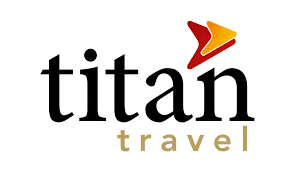Meeting market struggling to meet changing demands
The boom and bust of the then-$200 billion meeting market hit its nadir in the fall of 2008 amid a weak economy and outraged reports that American International Group (AIG) held a lavish get-together after US taxpayers bailed out the company with an $85 billion loan.
It was called the “AIG effect.” The slump followed with heavy cutbacks.
“Now, as business travel slowly comes back, the meetings part of it is struggling to regain its footing. In the process, it is being redefined,” writes The New York Times.
The silver lining for the hurting market is that some groups such as government, military and defense-related meetings, as well as education, state associations and religious market gatherings are on the upswing. Plus, the medical, biotech and pharmaceutical segments remain strong.
But here are some changes, according to meeting managers:
• Price is trumping green. Planners are still interested in green but its importance is overshadowed often by fiscal matters.
• Despite economic considerations, team building exercises are expected to continue to be hot topics.
• Meeting packages continue to be offered and expected but they are more and more loaded with value and add-on benefits while negotiations continue to often linger.
• Social meeting applications are increasingly being combined with meeting technology.
• The introduction of new meeting technology that is reducing prices is making it more attractive for planners.
• Events are being planned with a far greater emphasis overall on cost control. “There’s not a lot of room for leisure and extracurricular play in the current meeting environment where every single dollar is measured for its contribution to the success of the overall conference,” says one planner.
• Some companies are eliminating physical meetings entirely.
• Companies are also increasingly relying on sophisticated technology to eliminate physical events and instead hold virtual meetings that do not require travel, at least for some events.
• Technology has also enabled cities that were formerly overlooked by many meeting planners to compete for business because of lower costs.
“We try to help companies understand that they have to be more strategic about their travel and meetings spending, and that there has to be a lot more transparency on that spending communicated to senior executives,” said Kevin Iwamoto, the vice president for enterprise strategy at StarCite, a company that provides technology for overall management of corporate meetings and events.
By David Wilkening
 United Kingdom
United Kingdom United States
United States Asia Pacific
Asia Pacific












































BA suspending all Heathrow to Abu Dhabi flights
Turkish Airlines flight in emergency landing after pilot dies
Unexpected wave rocks cruise ship
Woman dies after going overboard in English Channel
Foreign Office issues travel advisory for winter sun destinations